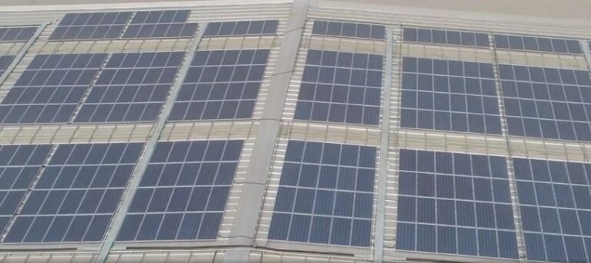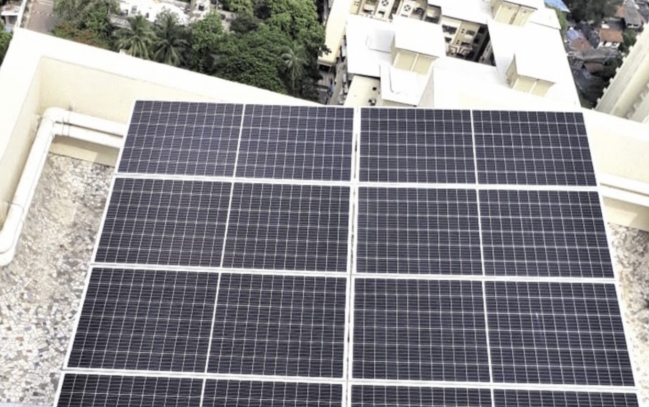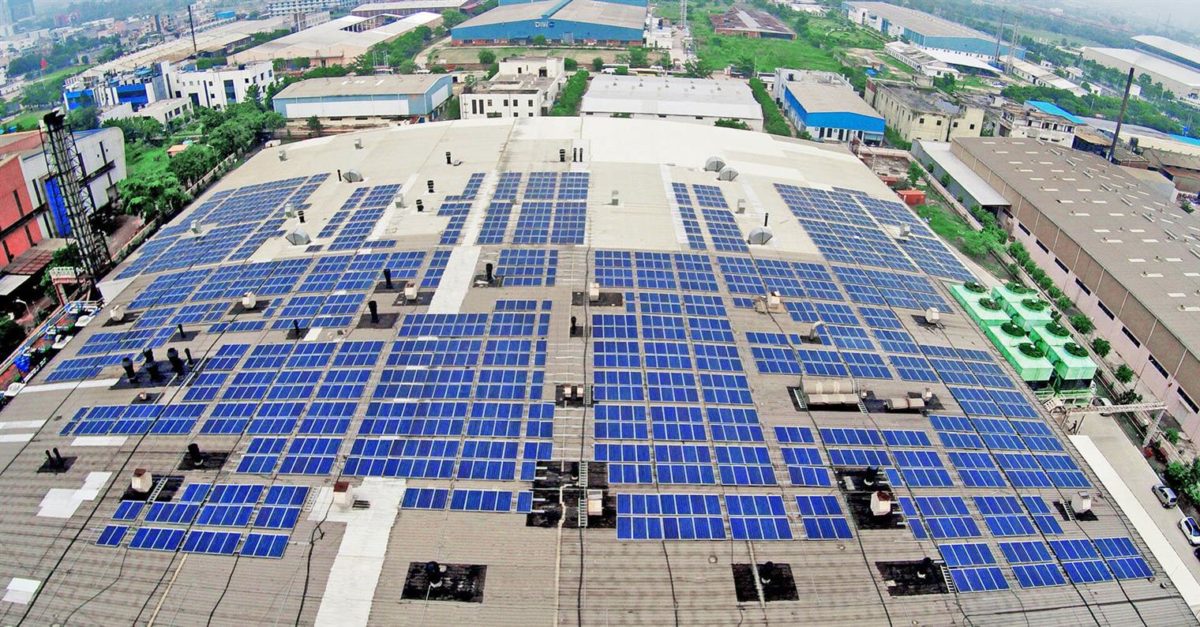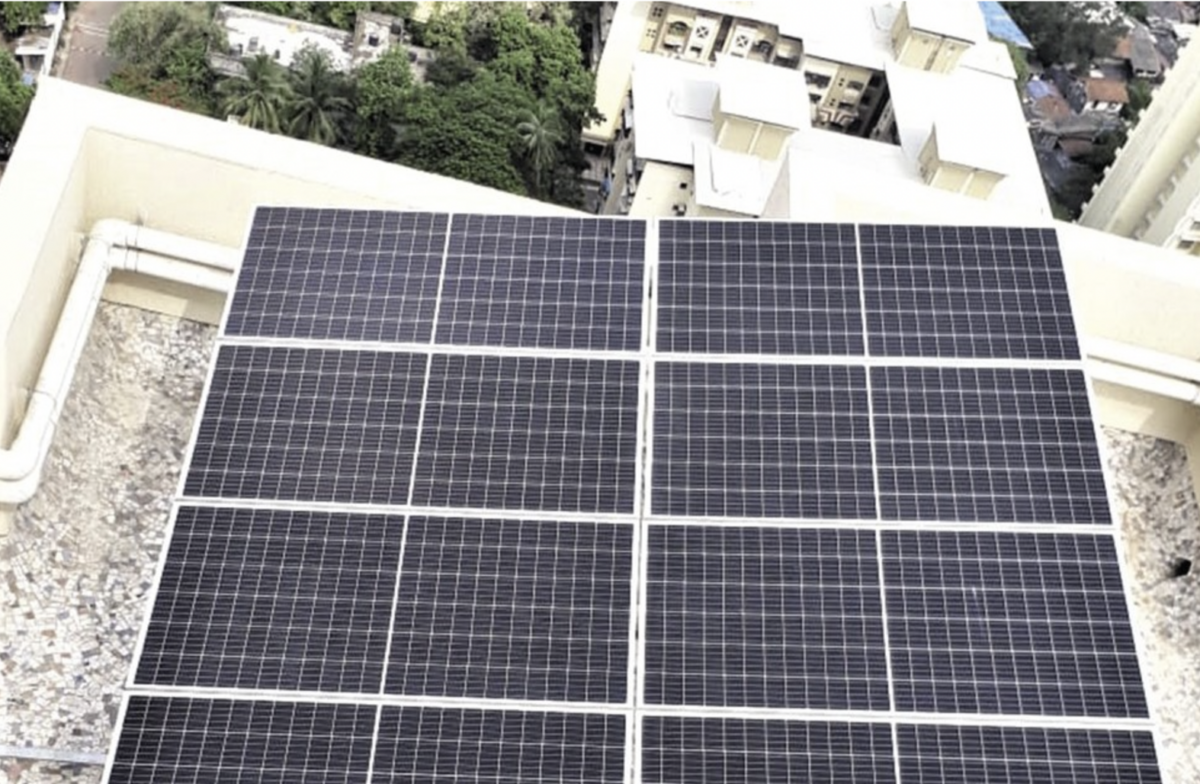
The Phoenix (Performance Hydrogen Engine for Industrial and X) project, which is funded with almost €5 million ($5.4 million) by the German government, is aimed to generate the same electrical and thermal energy as currently available through natural gas CHP units in the higher power range of up to 2.5MW.
When fuelled by green hydrogen, this next-generation stationary energy plant, expected to be a first of its kind, should be able to run in a completely carbon-neutral manner.
“We are convinced that combustion engines will remain an essential part of the provision of a reliable energy supply during the energy transition,” said Dr Jörg Stratmann, CEO of Rolls-Royce Power Systems.
“We are making them climate-friendly with sustainable fuels. That’s why we at Rolls-Royce are investing in the development of next-generation hydrogen engines.”
The Phoenix project is being undertaken by a consortium including the sustainable mobile propulsion systems group at the Technical University of Munich, MAHLE Konzern, Fuchs Lubricants Germany GmbH, the German Federal Institute for Materials Research and Testing (BAM) and Robert Bosch AG.
The joint project is scheduled to run for three years to develop a technology concept that is sufficiently mature for use in a complete prototype engine.
Rolls-Royce already has developed a gas-powered combustion mtu engine which can use hydrogen as a fuel, but the Phoenix project will develop the technology for an even more efficient next generation hydrogen engine.
New developments from the partners include the injection system, the piston group and the ignition system, as well as a completely new lubricant.
Rolls-Royce reports that the German government as part of its power plant strategy, which includes the expansion of renewable energies, has decided in favour of building more gas-fired power plants to compensate for the variability of renewable resources – in particular, smaller, decentralised gas engine plants that can flexibly compensate for the fluctuating feed-in of wind and solar power to the grid, which varies depending upon weather conditions.
To reduce CO2 emissions, biogas gensets and, in some cases, the first gas engines converted for hydrogen are currently being used. But as soon as the availability of green hydrogen is ensured on a large scale, the technology of the hydrogen cogeneration plants promoted in the Phoenix project should be ready for use.







